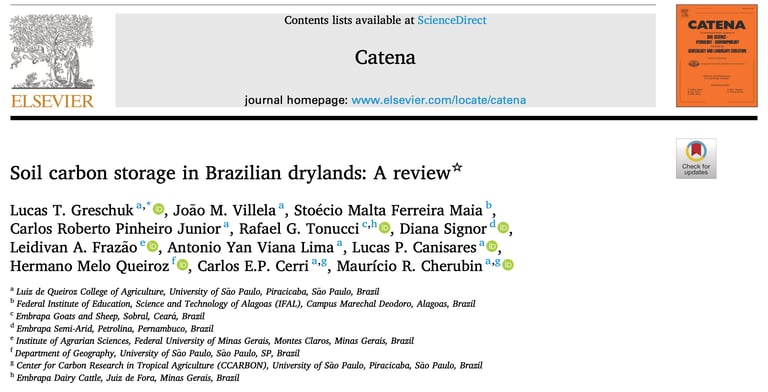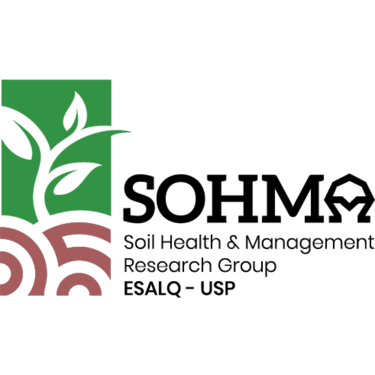SOHMA Highlights: Scientific Publication Highlights the Potential of Integrated Systems in the Brazilian Semi-Arid Region


How do climate, terrain, and land use influence soil organic carbon stocks in Brazil’s drylands? This was the central question of the study led by Lucas Greschuk, current Ph.D. candidate at SOHMA.
Study Objective:
The research aimed to evaluate how different land uses and climate classes affect Soil Organic Carbon (SOC) and Total Nitrogen (TN) stocks in Brazilian drylands, focusing on management alternatives that enhance carbon sequestration and strengthen the resilience of these vulnerable ecosystems.
Methodology:
A review of 48 scientific studies was conducted, compiling data on SOC and TN stocks across various land use categories, including native vegetation, traditional agro-pastoral systems, and Integrated Agricultural Systems (IASs). The study also considered land use conversion time, soil type, terrain attributes, and aridity index.
Mixed linear models were used to assess the impact of these variables on SOC and TN stocks.
Key Findings:
SOC stocks under IASs were:
45% higher than in conventional croplands;
12% higher than in pastures;
1% higher than in native vegetation.
Despite their potential to mitigate carbon losses and support more sustainable agriculture, IASs still face major implementation challenges, such as:
High initial investment;
Limited access to credit;
Lack of technical assistance;
Shortage of skilled labor;
Pedological constraints;
Mechanization difficulties and water scarcity.
An aridity index map (.shp format) was developed and is freely available online.


